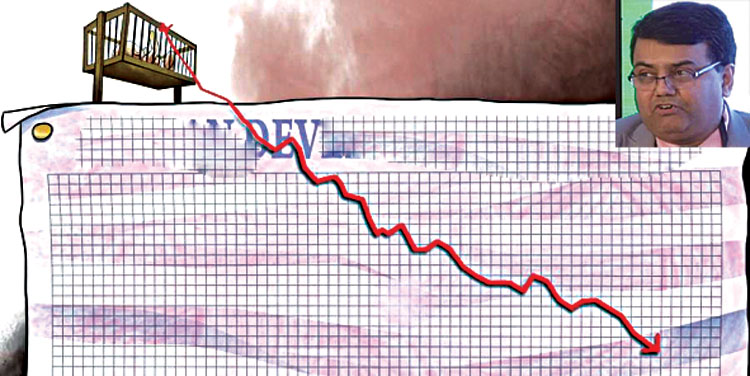Kolkata, Jun 30 (FN Representative) India seems to be progressing in the direction of attaining complete registration of births and deaths with such registrations improving considerably in the last two decades, according to Dr Soumya Kanti Ghosh, Group Chief Economic Adviser, State Bank of India. For the record, in 2019 at all India level, the birth registration stood at 92.7% vis-à-vis 56% in 2000. Similar trend was observed in death registration which increased from 49% in 2000 to 92% in 2019. However, beneath these data, there are some discernible trends that merit attention for evidence-based policy making. First, in 2000, the registration of death was only 38 lakh, whereas the estimated death was around 78 lakh in the country. However, with the Government’s efforts the registration of deaths has been increasing and the gap between the estimation and registration has reduced to only 7 lakh in 2019, with a zero gap in 19 out of 36 States/UTs.
Second, the state-wise trend in both birth and death registration is quite diverse. While 11 states achieved 100% birth registration, 15 states have achieved 100% death registration. There are few states which are exhibiting peculiar characteristics. Sikkim is the only state where death registration is 100% while birth registration was only 61.2%. Conversely, in three states, birth registration has reached 100% mark but death registration is less than 75%: Assam (74%), Arunachal Pradesh (38.6%) and Nagaland (30%). Along expected lines, in Bihar, UP & Jharkhand, death registration is below 75%. Surprisingly, in some advanced states, birth registration is still falling short of 100%. Third, age-bracket wise death registration for all the major states shows that North Eastern states along with Delhi, Uttar Pradesh and Madhya Pradesh have recorded 20% or above deaths in 15-44 year bracket in their total registered deaths, against all India average at 16%. The death registration share in 45-65 years is almost aligned with overall national share across the states.
Fourth, if we plot the birth and deaths rate (per 100), states in North East and East are concentrated in the quadrant of higher birth and lower death, which shows that going forward these will have higher population growth. The southern states are more concentrated in the low birth and high death quadrant, thus showing a slowing population growth. States in north, central and west India are showing mixed trends with some states witnessing low birth and low death and some other witnessing high birth and high death per hundred, thus making it a tad difficult to find a geographical pattern. However, it can be said that they are most close to all-India average. Interestingly, the reason why births are more easy to register compared to deaths is that almost 81% births are institutional in 2019 as compared to only 56% in 2009. However, as 34.5% deaths did not receive any medical attention, the probability of getting them registered is very less. It also goes on to show that it is quite possible that no diagnosis was undertaken and disease and death underreporting is not a new phenomena in India.
This is important in the context of recent debate on measuring the Covid deaths in India through the civil registration system. Thus, only better medical attention can lead to even better dis[1]ease profiling and saving of lives in India. Ramping up public health infrastructure and increasing number of public health care professionals is the key to such jigsaw. Interestingly, in the context of recent COVID devastation, it seems obvious that the impact of COVID-19 must be worse in lower-income countries: for example, the current situation in India and also in Brazil. However, in a recent paper, Nobel Laureate Angus Deaton shows countries with higher per capita income have tended to have higher per capita COVID deaths. However, hypothetically speaking, even if all countries had the same decline in per capita income, the poorer countries would always have larger increase in poverty because they have larger percentage of people near the global poverty line.

